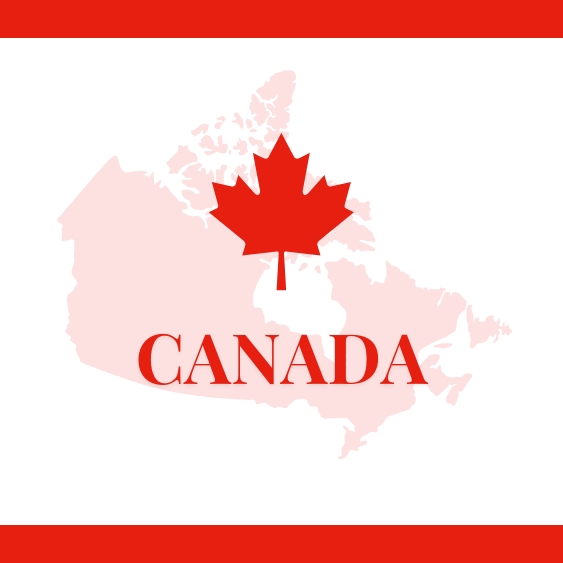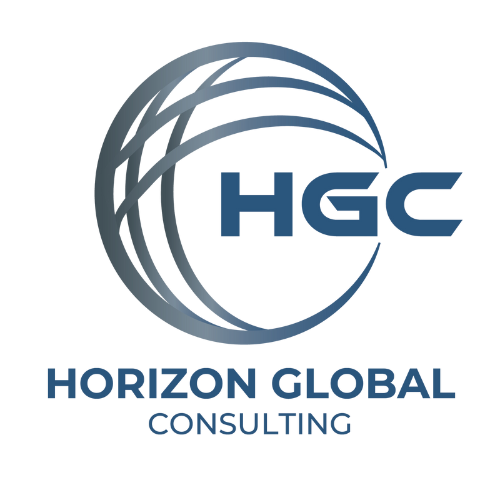
Need More Information
Need More Information
Hotline
+1 (873) 288-6006

Canada
Levels of Study
Levels of Study
Canada ranks among the top countries in the world for accessible, quality education for international students. In order to understand which program is right for you, first you must understand Canada’s levels of study.
Know More
Any educational program occurring at a level above the twelve grade elementary and secondary school system is considered post-secondary education. There are a few different types of post-secondary education each with different purposes.
University
A university is a post-secondary educational institution which is authorized to grant degrees. Every university offers Bachelor’s Degree programs, and many also offer Master’s Degree programs and PhD programs.
College
A college is a post-secondary educational institution which cannot grant degrees, though there are some exceptions to this. Instead, they usually offer programs resulting in certificates and/or diplomas. In general, college programs are more directly career-oriented when compared to universities. A college graduate may complete hands-on, practical training in an employable skill, like graphic design or culinary skills. Colleges often have courses to improve a person’s skills and employability, such as language training. As well, many colleges have training programs or apprenticeships in skilled trade occupations like carpentry or welding.
Trade School/Apprenticeships
A skilled trade refers to a specialized occupation, usually emphasizing some form of manual labour, which requires hands-on training and formal education. A skilled trade rarely requires a Bachelor’s Degree, so education in the trades usually occurs through trade schools, which are often smaller programs contained within colleges or vocational schools. As well, once an aspiring tradesperson has sufficient training, they may undertake an apprenticeship. As an apprentice, the student works closely with an experienced tradesperson to refine their skills in the trade.
Vocational School
A vocational school may have educational programs at either the secondary or post-secondary level, so it is not always necessary to have a high school diploma in order to attend vocational school. Vocational programs teach students the technical skills required to perform the tasks of a specific job. These programs prepare students to enter directly into the workforce, either in skilled or low-skilled occupations.
While there are separate terms for different types of schools at the post-secondary level these terms mean different things in locations around the world, so a college may refer to one type of school in Canada but something different in France. As well, sometimes these schools overlap, there can be colleges associated with universities, or trade schools within colleges.
Within a university, there are different levels of degrees. All Bachelor’s Degree programs are considered to be undergraduate programs. An undergraduate program is a more general program of study, focused on a certain field but not necessarily specializing in a certain topic. In contrast, a Master’s or PhD level program is considered graduate education. Graduate programs are usually much smaller, highly specialized programs which emphasize research.
The difference between a diploma and a certificate is the length of the program. Both of these levels of education provide students with training for entry directly into a specific occupation. A certificate generally requires one year of full-time study at a college or vocational institute while a diploma generally requires two years of full-time study at the same type of institute. Some schools also offer advanced diplomas, which require the completion of at least three years of full-time study.
In every province of Canada except for Quebec, elementary and secondary school is made up of the twelve grade system. After a student completes Grade Twelve, they graduate from secondary school and receive a high school diploma. Only after completing high school will they become eligible for post-secondary studies. Quebec’s education system operates in a slightly different manner.
In Quebec, elementary and secondary school is only made up of eleven grades. Once a person completes Grade Eleven, they receive their secondary school certificate. However, Quebec has another level of education between secondary school and undergraduate university programs. This level of education is called CEGEP (Collège d’enseignement général et professionnel). CEGEPs are educational institutions that allow students to select a program of specialization which leads to a Diplôme d’études collégiales (DEC). In the CEGEP system there are two types of programs.
